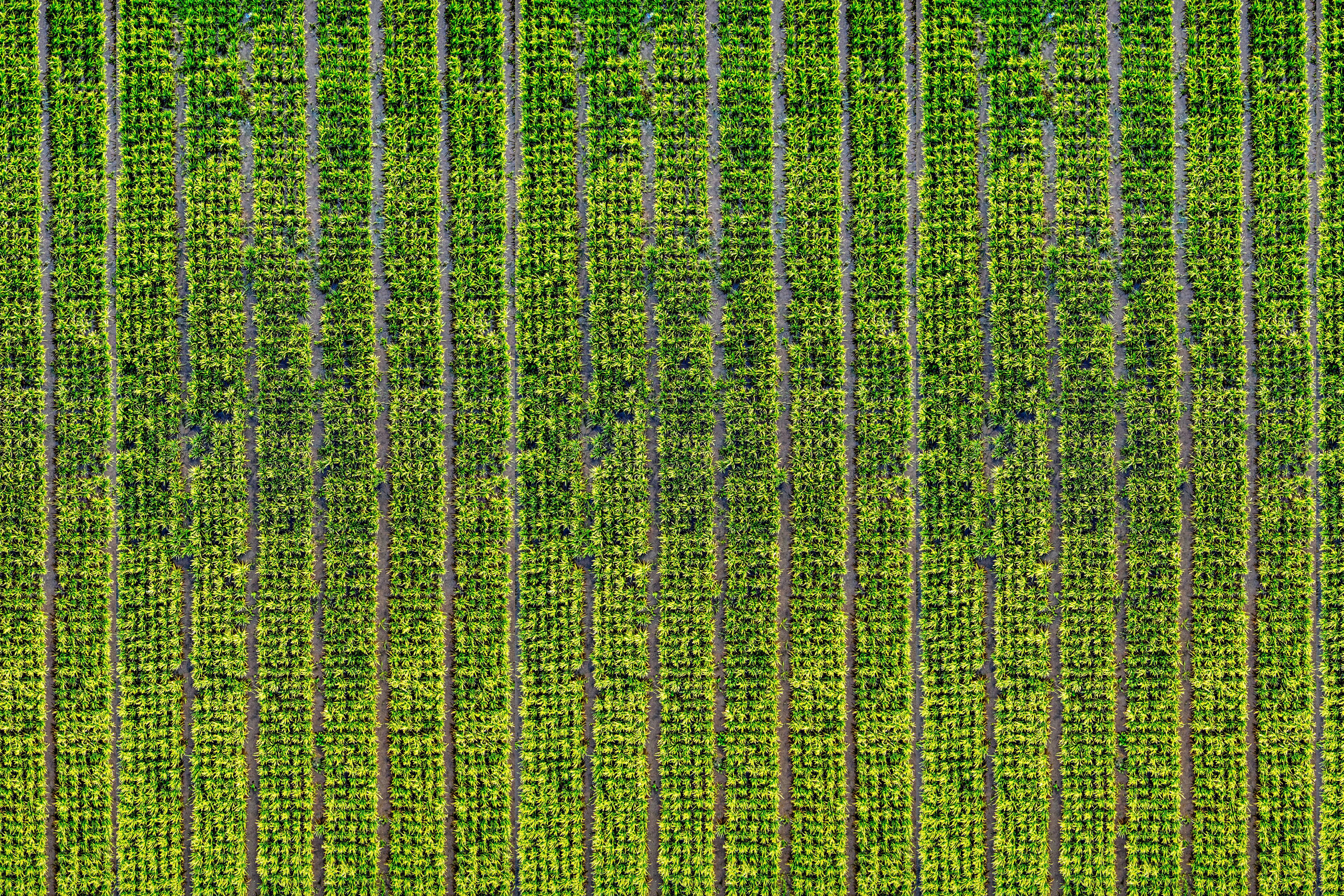
4 minute read
Climate-smart agriculture: the solution to a second green revolution? Tamsyn Dawson
Climate-smart agriculture: the solution to a second green revolution?
Tamsyn Dawson looks to the Green Revolution of the 1960s to evaluate the impact of new agricultural revolutions in response to climate change.
Advertisement
It is estimated that two billion lives were saved by the increases in crop yields from the Green Revolution. Such Herculean feats will be required again in order to tackle the looming disruption to agriculture from climate change.
The Green Revolution began in the 1960s with Norman Borlaug, who developed new types of wheat plants. Whilst he was able to create plants with more grain, the extra weight frequently caused the stalks to collapse, ruining the harvest. To counter this, Borlaug bred these plants with sturdier dwarf varieties in order to create high-yielding varieties (HYVs). HYVs produce a large amount of grain while remaining upright under the increased load. The FAO state of food and agriculture report for 2003-2004 indicated a 200% increase in yield from the 1960s, primarily due to increased yields per hectare rather than increased land cultivated.
The concept of genetic improvement was used by the International Rice Research Centre (IRRI) in the late 1960s to increase rice yield by 109% in developing countries. Subsequently, HYVs of many crops were developed. This is thought to have saved two billion people from starvation, especially in South East Asia and sub-Saharan Africa. Agricultural intensification resulted in 12-13% increase in food supply in developing countries, without which, global food prices would have been 18-66 % higher in 2000 than they actually were. As influential as the green revolution was, it was not without consequences. The shift from conventionally grown varieties to
HYVs resulted in a loss of genetic diversity and a high dependency on fertilisers, pesticides, and permanent water supply. Without these, HYVs produce less than traditional varieties. Such inputs pollute the environment, reduce biodiversity, and can unsustainably deplete groundwater supplies. Additionally, these requirements are not always attainable or affordable for subsistence farmers who grow crops primarily to feed their family. Mean-
while, richer farmers—who can afford to invest in fertilisers and labour—increase their profits and thus increase the financial divide. To add insult to injury, certain HYVs are also patented; in some cases, farmers have been charged tens of thousands of dollars for patent infringement after saving seeds from previous harvests. In a time where climate change poses a real threat to the agriculture industry, a second green revolution is currently needed to protect farmers and their lands. However, as observed in the 1960s, there is a tendency to promote scientifically complex Western technology in favour of sustainable and reliable practices of the indigenous population. Nevertheless, if scientific developments cannot be used by the people who need it most, they remain an academic exercise, an expensive thought experiment. Sustainable development must therefore come from collaboration with farmers in order to truly address their underlying needs.
Climate-smart agriculture (CSA) is a concept of farming that addresses a number of the interlocked relationships between climate change and agriculture: productivity, mitigation, and adaptation. Nowadays, farms must generate more produce than ever before to meet rising demand whilst reducing their greenhouse gas emissions and adapting to the effects of climate change. It is difficult to do all this at once; CSA practices vary according to how much they mitigate emissions, improve production, or aid in adaptation. Some techniques have been practised for thousands of years and are passed down through traditional knowledge. Others are new techniques and technologies only just being developed. An example of the former is crop rotation, where the crop grown in each field changes annually. As well as reducing pest build up over time, crop rotation can reduce greenhouse gas emissions and soil erosion. It has been practised all over the world: for example, farmers in the Philippines alternate rice with mung beans (Vigna radiata) between harvests to increase productivity and reduce weed growth. A more recent alternative is push-pull farming, a method of intercropping different plants with maize to ward off pests and increasing soil fertility. Desmodium species are planted between rows of maize, releasing volatile compounds which repel (or push!) moth pests. Meanwhile, Napier grass Pennisetum purpureum draws (pulls) pests in but harbours predators to kill them. These plants work together to reduce pest damage and increase crop yield. In addition, nitrifying bacteria in the legume Desmodium add the same amount of nitrogen to the soil as typical fertilisers, reducing the need for the latter. Unlike other methods, the ingredients for increased yield are accessible to low income farmers, and they are taught by fellow farmers. CSA is not a one size fits all solution. Different approaches should be considered for respective regions, farm sizes, and type of farmer. A revolution in the way we grow and distribute our food is essential in order to tackle the pre-existing inequalities and resulting effects of climate change. The main question is not if, but how. People are the priority, and such a revolution shouldn’t further feed glutinous corporations; rather, policy makers need to listen to the needs and knowledge of the people with the greatest experience in the area.











